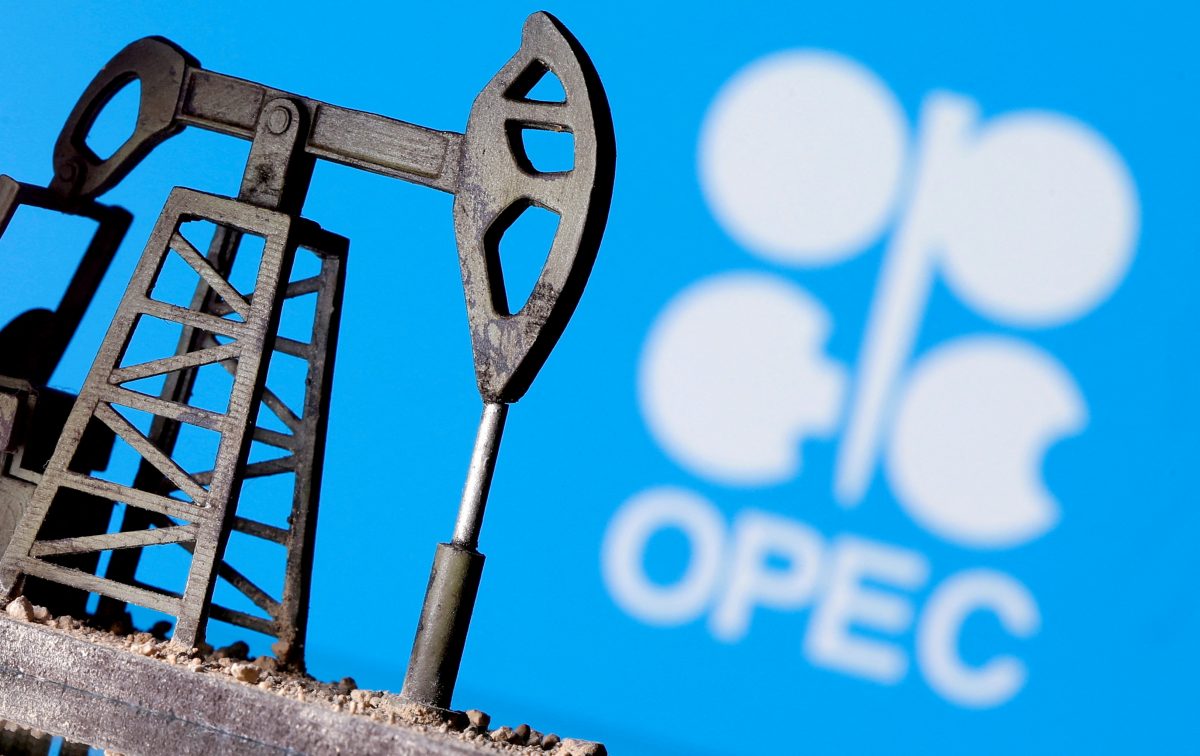LONDON, (Reuters) – Oil output cuts which Saudi Arabia and Russia have extended to the end of 2023 will mean a substantial market deficit through the fourth quarter, the International Energy Agency (IEA) said today, as it largely stuck by its estimates for demand growth this year and next.
OPEC and its allies, known as OPEC+, began limiting supplies in 2022 to bolster the market. This month, benchmark Brent crude breached $90 a barrel for the first time this year after OPEC+ leaders Saudi Arabia and Russia extended their combined 1.3 million barrel per day (bpd) cuts until the end of 2023.
Output curbs by OPEC+ members of more than 2.5 million bpd since the start of 2023 have so far been offset by higher supplies from producers outside the alliance, including the United States, Brazil and still under-sanctions Iran, the agency said.
“But from September onwards, the loss of OPEC+ production… will drive a significant supply shortfall through the fourth quarter,” it said in its monthly oil report.
However, the lack of cuts at the start of next year would shift the balance to a surplus, the agency said, highlighting that stocks will be at uncomfortably low levels, increasing the risk of another surge in volatility in a fragile economic environment.
“CHAOTIC” FORECASTING
Broader economic concerns, led by China’s sluggish post-pandemic recovery, have been amplified by worries that interest rates will remain high in the United States.
Still, oil demand at the world’s biggest oil importer has so “far remained remarkably unaffected by its economic downturn”, the IEA said.
“China is the main wild card,” it added. “Any abrupt weakening of China’s industrial activity and oil demand is likely to spill over globally, making for a more challenging climate for emerging markets in Asia, Africa and Latin America.”
Estimates of global demand and supply this year and next differ markedly depending on the forecaster.
Both the IEA and OPEC – in its monthly report published on Tuesday – are optimistic about Chinese demand over the course of 2023, leaving their global demand estimates for this year and next largely unchanged.
The IEA estimates 2023 global demand to grow by 2.2 million bpd, while OPEC expects growth of 2.44 million bpd.
For 2024, the contrast is wide. The IEA expects growth to slow sharply to 1 million bpd, while OPEC has a far rosier estimate of 2.25 million bpd.
Meanwhile, the U.S government’s Energy Information Administration has forecast demand growth at 1.81 million bpd for 2023 and 1.36 million bpd next year.
“Welcome to the chaotic world of forecasting,” Tamas Varga of oil broker PVM said.



